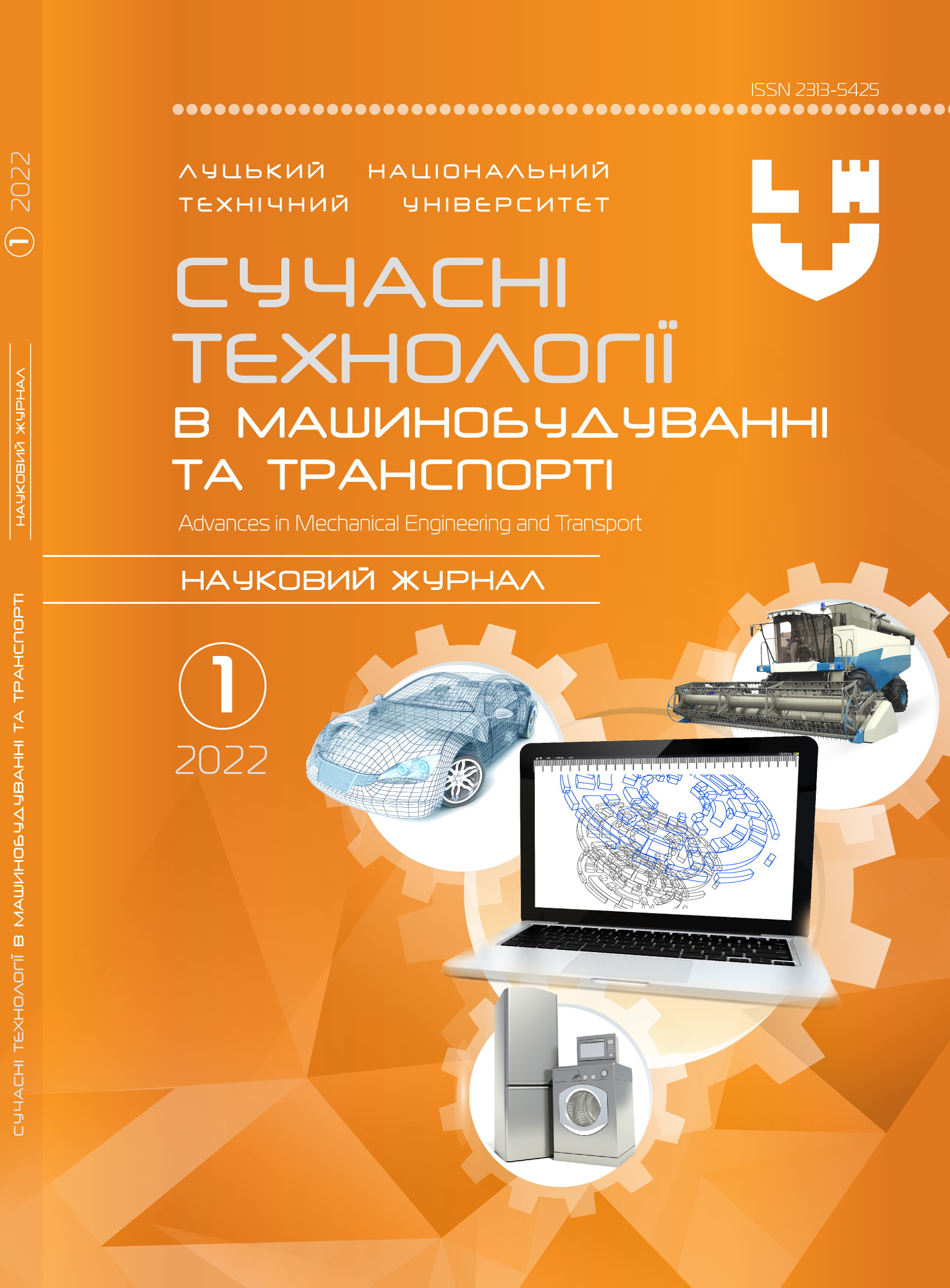To determination of stability three-link road train in brake mode.
Abstract
In the process of emergency braking, the probability of violation of the stability of the road train increases, especially with uneven braking forces on the wheels of the axles of the road train. The stability of the road train in the braking mode is considered in the work. Given that in the case under consideration, the forces of interaction in the traction couplings of buses do not affect the redistribution of loads on the sides of the road train, a rather complex system – three-link trailer can be considered as three systems - three buses braking independently.
In the study of the stability of the road train is considered, as a rule, plane-parallel movement of its links. It is believed that the normal reactions of the support surface on the wheels of the starboard and port sides are the same. In this case, the stability of the movement is considered for a flat model train.
The dynamics of braking of a three-link passenger train consisting of three MAZ-206 buses is considered. It is shown that taking into account the redistribution of load on the axles and sides of the bus for the inequality of braking forces on the wheels of its axles leads to a significant change in the GSR of the bus train. So, if at rigid suspension brackets and tires at speed of 15 m / s the bus train at one-sided unevenness of brake forces already went out of admissible lane, taking into account deformations of a suspension bracket and tires it at this speed remained within admissible lane. This is due to the increase in the angles of the wheels of the front axles compared to the rear, which provided a larger radius of rotation of the bus trajectory, and, accordingly, reduce the deviation of the trajectory of buses from the straight line.
Keywords: bus, braking, inequality of braking forces, stability, dimensional lane




